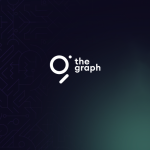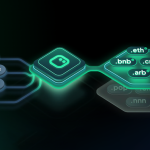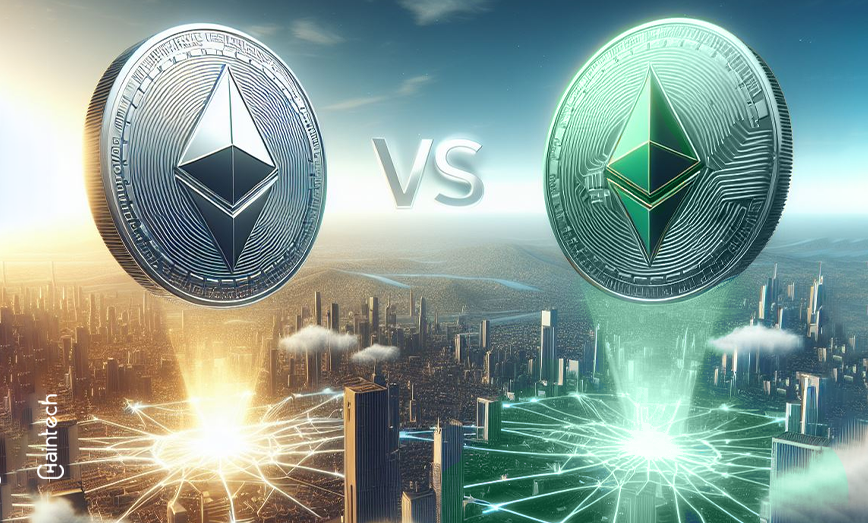Everything you need to know about Zilliqa

What is Zilliqa?
The public blockchain Zilliqa addresses scalability and throughput difficulties faced by various cryptocurrencies, including Bitcoin and Ethereum. It uses sharding to divide the network into nodes that run processes in parallel to speed up transactions and provide a scalable and secure platform.
As the first blockchain to use sharding to solve scalability, Zilliqa’s developers think it succeeds. The token’s white paper claims that sharding speeds up blockchain transactions by a thousand times over Ethereum.
Developers can host decentralised apps and execute smart contracts on Zilliqa, a permissionless blockchain network with high throughput, without the congestion or excessive gas prices of conventional blockchain platforms.
History of Zilliqa
In 2017, Zilliqa was founded and started selling as an ERC-20 token in January 2018. The tokens were transferred to the 2019 Zilliqa mainnet. The token swap ended in February 2020.
An award-winning research professor at the National University of Singapore, Prateek Saxena created it. He also created browsers, web standards, and app marketplaces. Saxena and many of his students produced a 2015 study on how a sharding blockchain could increase network speed and efficiency.
Saxena founded Anquan Capital with Max Kantelia, a tech and finance entrepreneur with an engineering background, and Juzar Motiwalla, a tech startup venture capitalist. Anquan formed Zilliqa Research in 2017 to construct the network. Zilliqa Research initially hired National University of Singapore School of Computing alumni Dong Xinshu as CEO, Amrit Kumar as chief scientific officer, and Yaoqi Jia as chief technology officer.
What is ZIL?
ZIL, Zilliqa’s native coin, is needed to use and interact with dApps established on the blockchain. Here are some ZIL highlights:
Transaction costs:
ZIL settles Zilliqa transaction costs. This makes it essential for blockchain activities.
Mining:
Participants that validate transactions with computational capacity can mine ZIL tokens on Zilliqa’s Proof-of-Work (PoW) network.
Payments and Services:
ZIL can be used to buy Zilliqa blockchain products and services. Zilliqa-powered marketplaces provide NFT trading.
Exchanges:
Binance and other major cryptocurrency exchanges list ZIL for trade. ZilSwap, Zilliqa’s official DEX, also lists it.
How does Zilliqa work?
Zilliqa supports smart contracting, transaction resolution, and token issuance like other cryptocurrency networks. Using Scilla, developers can run unique programming logic (smart contracts) and construct new programs (decentralised applications) to offer a variety of products and services.
It executes smart contracts and confirms network transactions efficiently, despite their complexity.
Sharding separates the network into shards, allowing nodes to process a fraction of transactions. Each shard is its own blockchain and allows nodes to store data, execute transactions, and add microblocks to their chain. Directory Service Nodes (DS nodes) assemble microblocks into transaction blocks for the Zilliqa blockchain.
The shard nodes only store a portion of the Zilliqa blockchain, not its whole history. It’s distributed computer network is synchronised by the Practical Byzantine Fault Tolerance (pBFT) governance mechanism.
Any ZIL owner can power the blockchain and vote on changes by first staking ZIL. Before a microblock is finalised and integrated into a transaction block using pBFT, all nodes from certain shards must agree.
Features of Zilliqa
Scalability:
Innovative sharding makes it incredibly scalable. The platform can process thousands of transactions per second, surpassing many blockchains. Sharding splits the network into shards that may process transactions simultaneously, increasing throughput.
Security:
Zilliqa uses a hybrid consensus process with PoW and pBFT for security. This protects the network against malicious attacks, making it dependable.
Interoperability:
Zilliqa integrates effortlessly with various blockchain platforms and systems due to its interoperability. This functionality makes it more flexible and supports many decentralised applications.
Decentralised Finance (DeFi):
For decentralised financial applications like exchanges, lending platforms, and stablecoins, Zilliqa is ideal. Its high transaction throughput and cheap fees appeal to DeFi developers seeking efficient and cost-effective solutions.
Social Networking:
Zilliqa can construct decentralised social networks that provide users more data and privacy control. This prevents data breaches, improves online relationships, and undercuts centralised social media networks.
Internet of Things (IoT):
Zilliqa’s secure and scalable network benefits IoT. These networks let smart homes and communities to run efficiently, manage resources, and improve citizens’ quality of life through real-time device communication and transactions.
Pros and Cons of Zilliqa
Pros
Good Community:
Zilliqa has a loyal community. High demand for the platform’s ICO showed crypto community support and interest.
Sharding Tech:
The first blockchain to use sharding, Zilliqa, improves scalability. It divides the network into parallel shards to handle thousands of transactions per second with this revolutionary technology.
Permissionless:
Zilliqa is a permissionless blockchain that is public and open. Blockchain technology is decentralised, thus this openness fits.
Easy Collaboration:
Zilliqa integrates well with real-world technologies, making it suitable for many applications. Its interoperability with existing systems simplifies adoption and collaboration.
Easy Scalability:
It handles rising demand without losing performance by efficiently handling scaling challenges.
Innovative Tech:
The third-generation blockchain platform Zilliqa outperforms its competition with its cutting-edge technologies. Its novel approach to scalability issues could make it a major cryptocurrency player.
Cons
Complex Language Processing:
Zilliqa’s Turing-complete smart contract language can be difficult for developers. For developers who prefer simpler programming languages, this complexity may limit uptake.
Risk of centralisation:
As transactions per second rise, centralization may occur. Higher throughput may concentrate power, undermining the platform’s decentralisation.
Inexperienced Team:
Its inventors are academics, not businesspeople. They have great technological skills but lack business acumen and real-world organisational linkages like OmiseGo.
Developing phase:
Zilliqa is in development. Delays in the mainnet rollout have raised questions about its worth and capabilities. Ethereum, which is also developing scalability solutions, might beat Zilliqa if development continues.
Conclusion
Zilliqa will thrive in the coming future. The crypto community has heard a lot about the platform’s potential, but we want proof!
The Zilliqa mainnet will solve all scalability and transaction speed problems. Will Zilliqa ICO hype be rewarded? You can guess as well as I do. Crypto could change drastically in the coming months!
I’m excited to see where Zilliqa leads the third generation of cryptocurrencies! How about you? Are you thrilled about Zilliqa? Is there another third-gen blockchain startup we should cover?
Let us know in the comments section.









